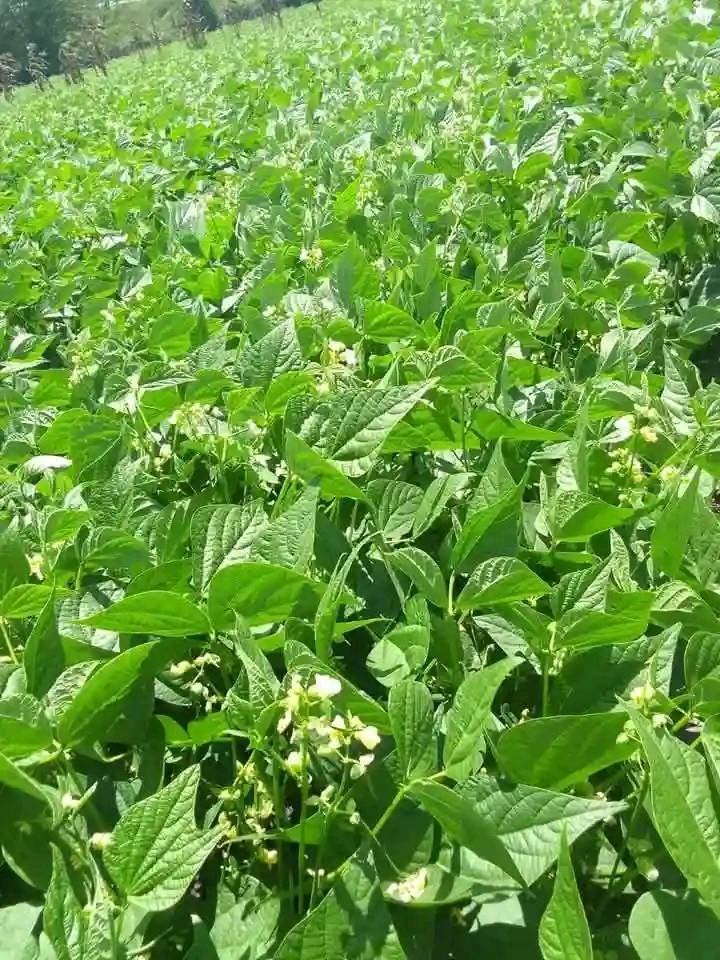East Africa launches regional project to boost soybean production and cut imports
by Mwangi Mumero
A new project to boost soya bean production in Kenya and other East African nations has been launched.
With changes in climate, rapid urbanization and changing diets, demand for protein-rich crops such as soya bean has been on the rise, even with low production in the East African region.
Yet, the region remains heavily reliant on imports, missing out on the economic and nutritional opportunities that a strong domestic soybean value chain could unlock.
Despite favorable weather conditions, the average yield across sub-Saharan Africa remains low at 1.26 metric tonnes per hectare compared to global average of 2.76 metric tonnes, according to the International Institute for Tropical Agriculture (IITA).
For instance, in 2022 alone, Kenya, Tanzania and Uganda imported over 129 metric tonnes of soy products worth $ 84 million.
In Kenya, current domestic production meets only 1 percent of annual demand, according to the Ministry of Agriculture.
Funded through the Gates Foundation and coordinated by the Institute of Tropical Agriculture (IITA) the project will be undertaken in collaboration with national research programs, private sector players and universities, working together to come up with a regional soybean breeding network across Kenya, Uganda, Tanzania, and Ethiopia.
Soya is a source of protein which can be processed into soy-based food products and animal feed (e.g. soy meals or oilseed cakes), contributing to poultry, fish and livestock production for human consumption. It also produces edible oil as a co-product.
Soya could support nutritional food security through soy-based foods and oils, but also increase soil health via nitrogen fixation and income generation through processing, value addition, and trade.
The project aims at improve regional production and reduce the dependency on imports and significantly increase farmers’ incomes.
“The goal is not just to improve breeding programs country by country. It is to create a cohesive regional engine for soybean innovation, one that’s aligned with market needs and built to serve both farmers and processors,” observed Dr. Lennin Musundire, the project leader.
The first step in building the East African Soybean Network was engaging national stakeholders. The teams from various disciplines will be created in the five East African nations.
These multidisciplinary teams bring together farmers, processors and seed companies, government extension agents, gender and nutrition specialists, researchers and agro-dealers.
The teams are expected to define national market segments, based on maturity, colour, use, agroecology, and trait demand.
They will also develop roadmaps that set trait priorities and thresholds for each market segment.
The teams will also align breeding goals with market realities, ensuring national research meets end-user needs.
Across East Africa, farmers and markets consistently demand similar core set of traits in soybean varieties.
First and foremost, higher yields, then rust tolerance, improved oil and protein content, drought resilience and shorter maturity periods for varying agro-ecologies are some traits in demand.
By pooling resources, sharing germplasm, and specializing based on comparative advantages in the breeding process, researchers believe, the network member countries can breed faster, smarter, and together.



